The February Question of the Month discusses shopping for shallow subwoofers. Specifically, what features and specifications should you look for when comparing drivers? With so many recent advances in power handling and excursion capability in this category, now is a great time to review this topic.
What is a Shallow Mount Subwoofer?
Back in the 90s, most 10- and 12-inch car audio subwoofers were at least five or six inches deep. These were great for sedans, hatchbacks and SUVs. However, pickup trucks remained an issue when it came to producing big bass, as mounting depth was an issue. Every reputable car audio manufacturer offers at least one series of shallow-mount or slim car audio subwoofers.
A shallow or slim subwoofer is defined as one that requires less than roughly 3.5 inches of mounting depth.
A Tale of Two Classes
After looking through the specifications of a dozen popular shallow-mount subwoofers, it’s evident that you will be shopping in one of two classes of drivers. The entry-level subwoofers in this class are rated for about 200 to 300 watts of power handling. These drivers will typically have stamped steel baskets.
While these subwoofers are a little more efficient than their high-power brethren, they are limited in their excursion capability. Cone excursion specifications typically range from six to nine millimeters, based on the voice coil winding height and the magnet top plate design. This doesn’t make them a poor choice by any means. However, you might be disappointed if you expect them to play at extremely high output levels. Of course, entry-level standard-depth subwoofers are no different.
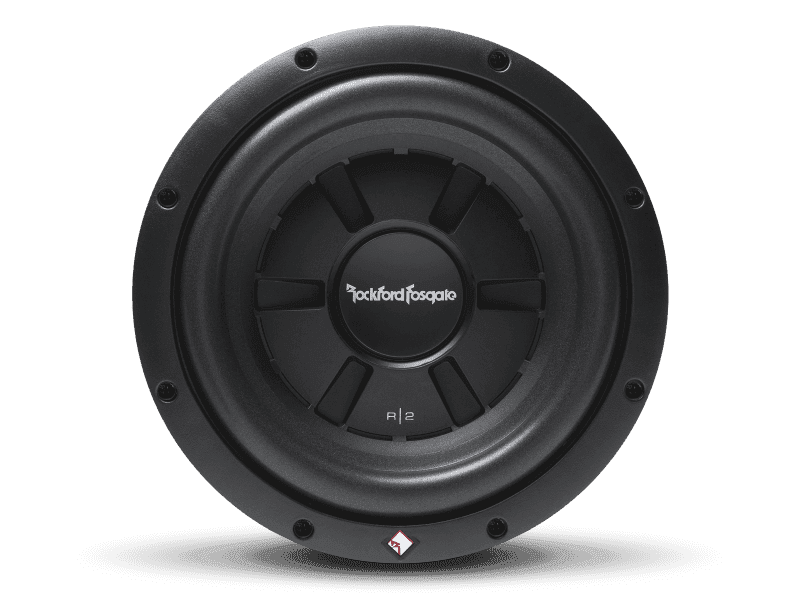
High-Power Shallow-Mount Subwoofers
The other end of the spectrum brings a plethora of high-power, high-excursion options. In the upper echelon of this type of subwoofer, you’ll see excursion capabilities in the 12 to 17-millimeter range. Power handling typically ranges from 400 to more than 500 watts. If you are shopping for a subwoofer that can get loud and keep up with its full-depth brothers, then this is what you want to look for.
When comparing Xmax specifications, ensure the measurement method is consistent across models, as methodologies can vary. Very few brands use the 10% THD limit for Xmax specifications.
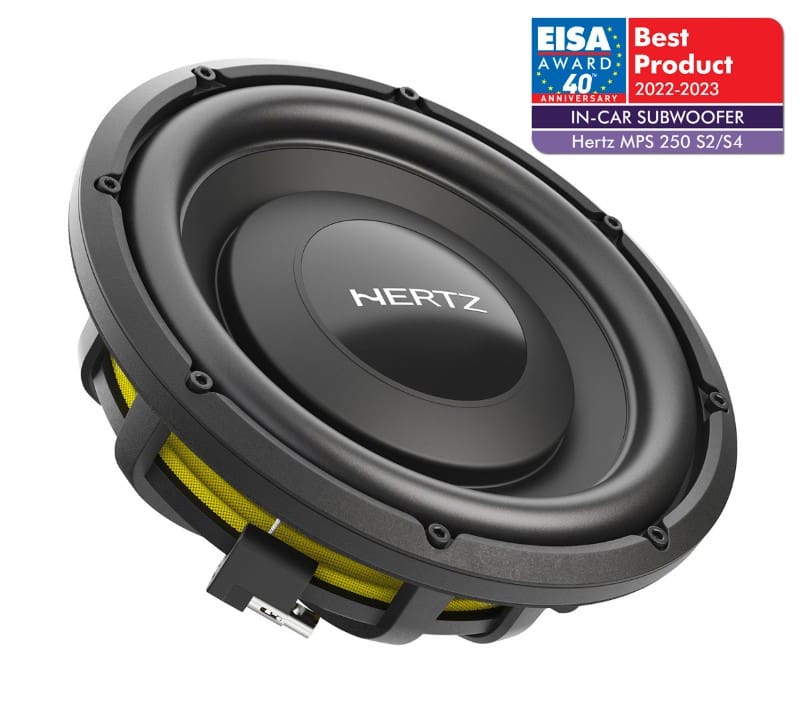
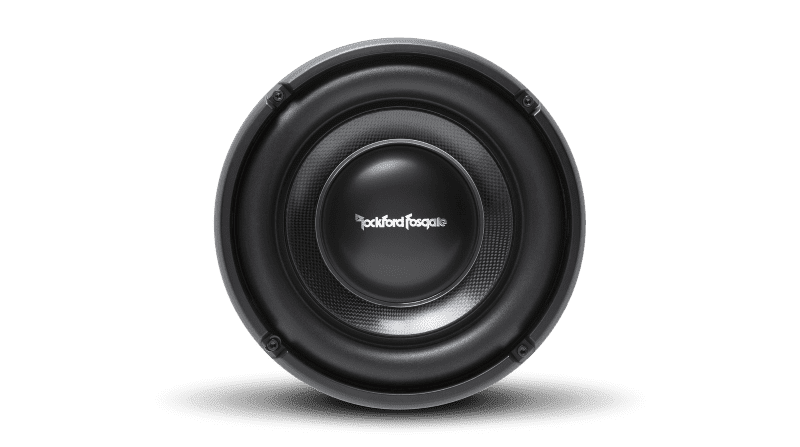
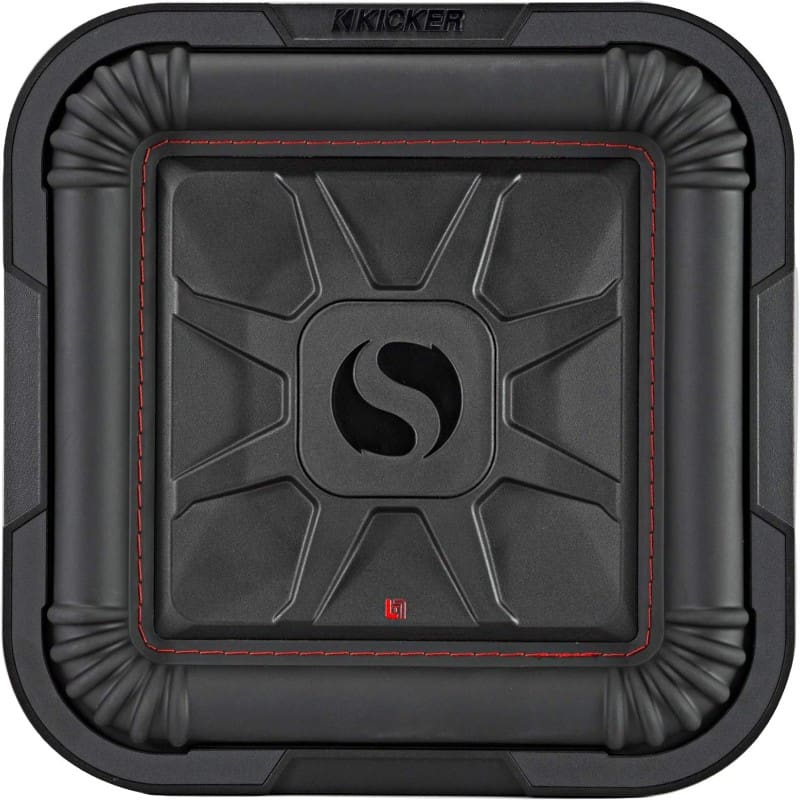
Specification Comparisons
We see a LOT of shallow subwoofers crammed into undersized enclosures based on claims of these drivers having a “small box” design. An enclosure acts as a spring. When a subwoofer cone moves rearward into the enclosure, it compresses the air inside. The air pressure resists the cone’s motion in both directions, pulling it back to its resting position.
The smaller the enclosure, the less air there is to compress or rarefy (reduce in density). This limits cone excursion more. In short, you can think of the air like a spring. When there is less air (a smaller enclosure) relative to the effective cone area of the driver, it’s like having a tighter spring, which results in less bass output and a bump in the midbass region.
In our decades of designing and testing subwoofers, we’ve never seen a cone-type subwoofer that defied the above laws of physics.
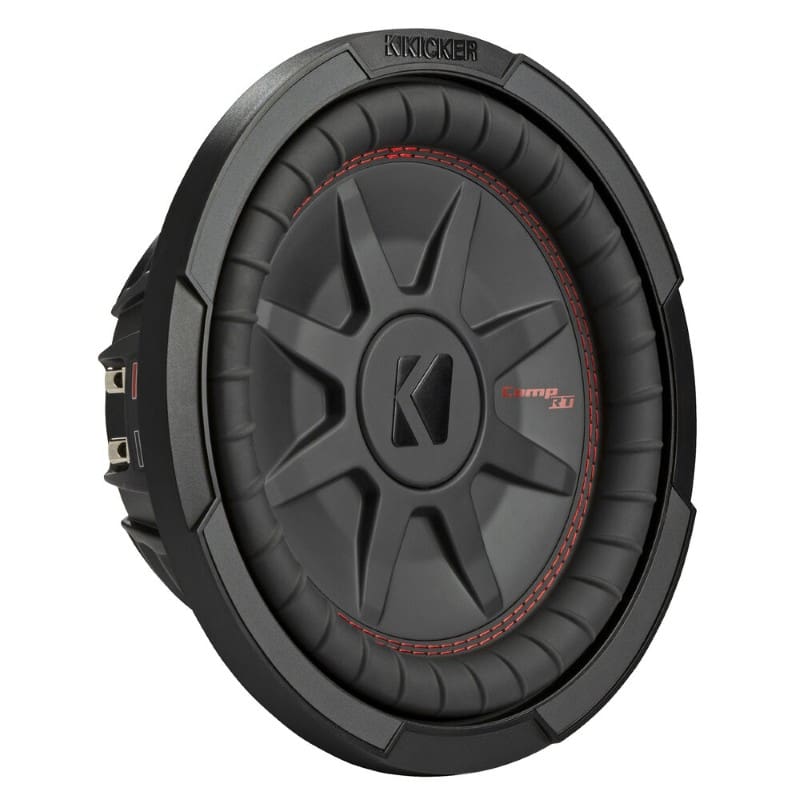
Do Small-Box Subwoofers Exist?
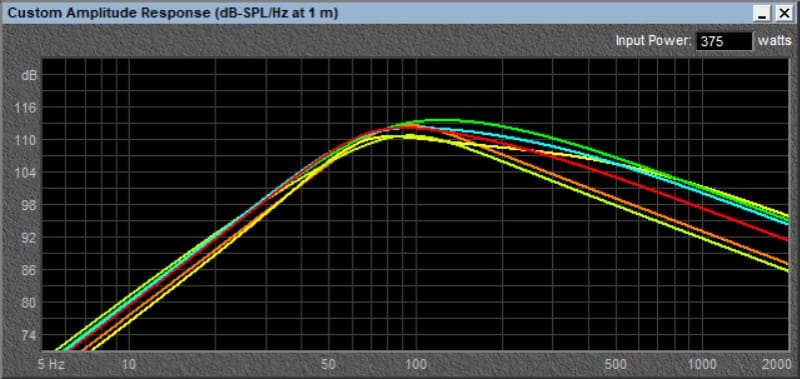
If you look at the graph above, you’ll see the predicted frequency responses of six different 10-inch shallow-mount subwoofers in 0.4 cubic foot enclosures. From 40 to 80 hertz, the drivers’ output is within about three dB of each other. While you could measure the difference, none will be night and day better than another in terms of efficiency.
Shopping for Shallow Mount Car Audio Subwoofers
Now, one thing that does vary significantly between the above drivers is the system Q-factor, known as Qtc. Some were very high, at well over 1.1, while others were well damped, at close to 0.7. The dynamics between the two would be very different.
Another significantly varying criterion is voice coil inductance. Some drivers are rated to handle a lot of power and use a voice coil with many layers. While this does increase power handling, it affects midbass performance. Drivers with high voice coil inductance may exhibit roll-off at higher frequencies, potentially affecting their ability to blend seamlessly with midbass drivers. They typically sound muddy and lack that snap or attack during dynamics.
The bottom line is that you need to audition the subwoofers you have in mind for your truck. They most definitely don’t all sound the same.
Here’s a buying tip: If you like low bass, consider using a single high-excursion driver in a vented under-seat or back-wall enclosure. We’ve discussed this at length in several articles, yet we still see three or four subwoofers crammed into undersized sealed enclosures. While that might be fun for classic rock, it won’t rumble like a single ported driver.
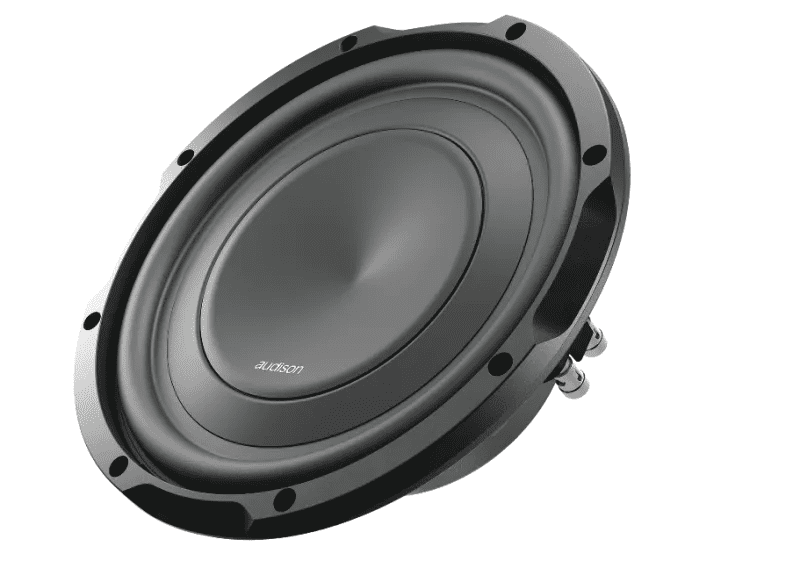
Conclusion
If you want to add bass where space is limited, then shallow-mount or slim subwoofers are a godsend. However, they don’t defy the laws of physics and must be installed in a properly designed enclosure. Drop by a local reputable mobile enhancement retailer near you to learn about the options to upgrade your car or truck. Bring along your favorite music and audition several options before you buy anything. You can find some great shops using our Dealer Locator.

